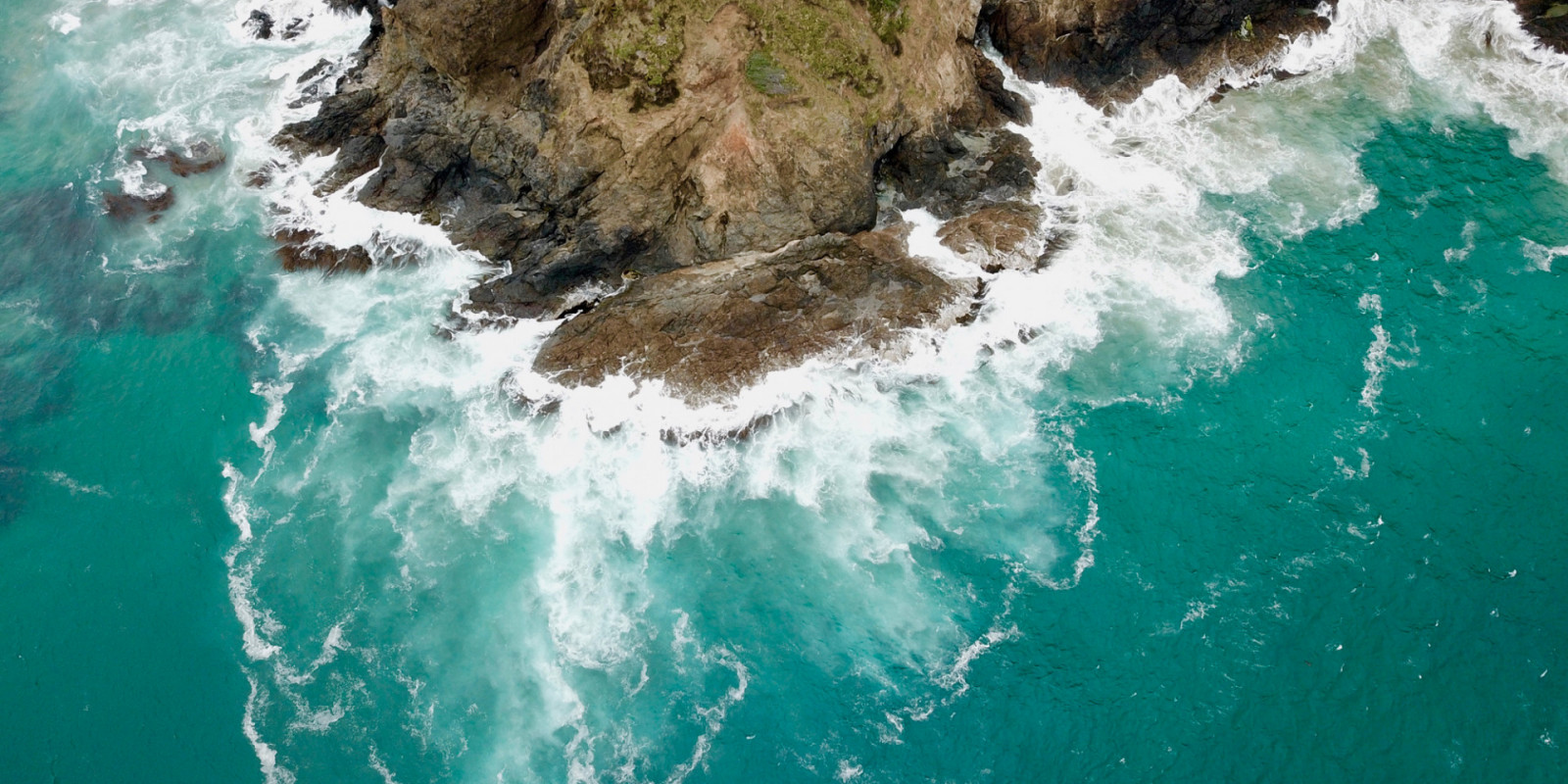Results
Found 1090 results. Displaying page 30 of 109.
-
Linking traits across ecological scales determines functional resilience
-
VM Leadership Group
-
Restorative marine economies
-
EBM-enabling narratives for New Zealand
-
What could EBM look like in Tasman and Golden Bays?
-
Novel risk assessment tools for EBM
-
Submarine canyons: connecting coastal and deep-sea ecosystems
-
Tāhuhu Matatau Te Ao Tangaroa: Empowering the kaitiaki of Ngā Whare Tokotoru ki Katikati with mātauranga from Aotearoa and beyond
-
Early detection of harmful algal blooms
-
Tangaroa
